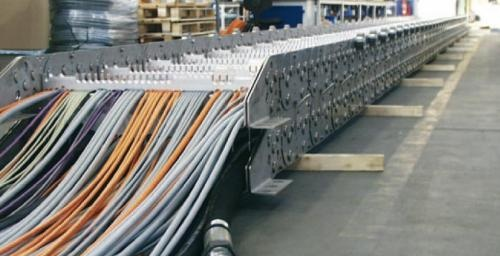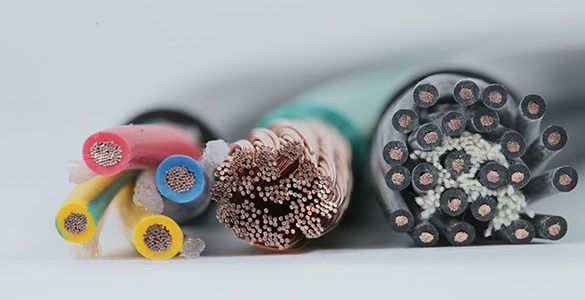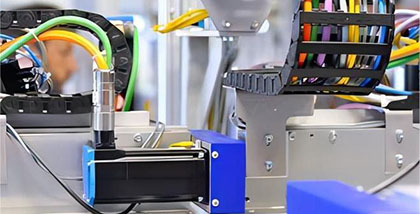What are the braid structures of bending resistant drag chain cables?
Precis
The bending resistant drag chain cables we use in our daily lives are equipped with protective layers for safety during production. The main purpose is to protect the insulation layer. Different sheath materials have different characteristics such as heat resistance, moisture resistance, and corrosion resistance.
Below, we will take you to understand the common weaving structures of bending resistant drag chain cables.
1. Fiber woven layer
The fiber woven layer is relatively lightweight, which can protect the insulation layer from erosion by light, heat, humidity, low temperature, acid and alkali gases, as well as external mechanical damage. For bending resistant drag chain cables, the fiber woven layer is often located in the middle of the protective layer to enhance the tear resistance of the protective layer. Adding a woven layer of cotton yarn, hemp or other fibers between rubber or plastic protective layers to improve the strength of the protective layer.
2. Metal woven layer
The metal used in the metal braid layer is mainly copper wire and steel wire. The steel wire braided layer mainly serves as a mechanical protection function, and is commonly used in some demanding heavy machinery and detection fields. It can withstand large longitudinal tensile forces and also has good magnetic field shielding performance. Copper wire weaving can prevent electromagnetic interference, play a safety protection shielding role in eliminating cable surface potential and induced electricity.
In the production process of cables, another important step is to apply paint on the woven layer for quick identification during construction and operation. In terms of the material of the braided layer, glass fiber and aramid are commonly used braided materials for bending resistant drag chain cables. Glass fiber has good thermal stability, with a softening temperature of 700 ℃ and an average thickness of 0.002-0.035 inches. The decomposition temperature of aramid fiber is around 600 ℃, and the average thickness is slightly smaller than that of glass fiber. Glass fiber is easy to color and has a bright and shiny appearance, with its natural color being natural white. Aramid is difficult to make into a bright white color, with only bright colors. Its prominent characteristics are wear resistance and shear resistance, and its strength is several times greater than glass fiber, making it the preferred material for many cable outer protective layers.


 JD
JD Tmall
Tmall Alibaba
Alibaba








